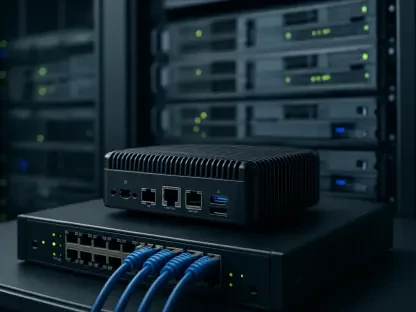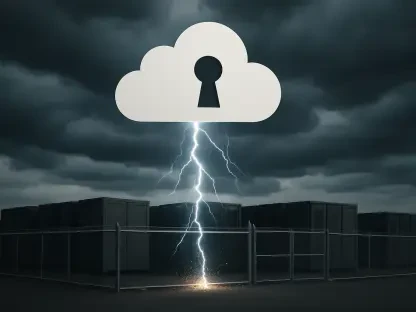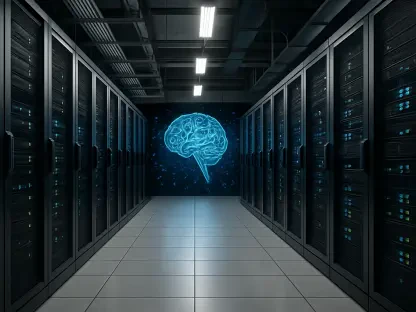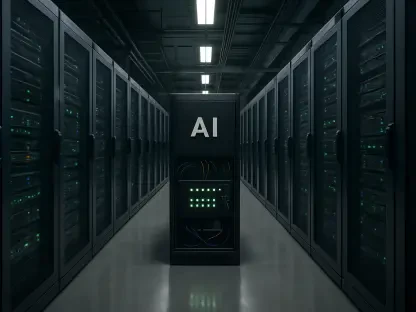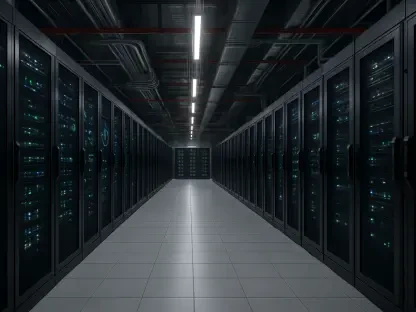As we dive into the evolving world of network technology, I’m thrilled to sit down with Matilda Bailey, a renowned networking specialist with a deep focus on cutting-edge cellular, wireless, and next-generation solutions. With her finger on the pulse of industry trends, Matilda offers unparalleled insights into how businesses are prioritizing network resiliency and embracing modernization to stay competitive. In this interview, we’ll explore the growing importance of robust networks, the technologies driving investment, the challenges of balancing security with innovation, and the strategies that keep systems running smoothly.
How has the concept of network resiliency evolved into a cornerstone for businesses in today’s digital landscape?
Network resiliency has become absolutely vital as businesses increasingly rely on digital operations for everything from customer interactions to internal workflows. A decade ago, a network outage might have been an inconvenience; today, it can mean significant revenue loss and reputational damage. With the rise of cloud services, remote work, and real-time data demands, companies can’t afford downtime. I’ve seen this shift firsthand—executives now view the network not just as infrastructure but as a strategic asset that underpins their entire operation.
What do you think is fueling the heightened concern among IT and business leaders about network outages and their potential impact?
Several factors are at play here. First, the financial stakes are higher—downtime directly translates to lost sales, especially for e-commerce or service-based industries. Second, customer expectations have skyrocketed; even a brief interruption can erode trust. Additionally, the complexity of modern networks, with hybrid environments and IoT devices, increases vulnerability. Leaders are waking up to the reality that a single outage can disrupt supply chains or expose security gaps, which is why so many now rank resiliency as a top priority.
Can you share a story or example of how a network outage has had a profound effect on a company’s operations or public image?
Absolutely. I recall working with a retail chain a few years back that suffered a major network outage during a peak holiday shopping weekend. Their point-of-sale systems went down across multiple stores, and online transactions stalled. Not only did they lose millions in sales that day, but the negative press and frustrated customer feedback lingered for months. It was a wake-up call for them to invest in redundant systems and real-time monitoring to prevent future disruptions. That incident showed how quickly an operational hiccup can turn into a brand crisis.
How has the perception of the network’s role in business operations shifted in recent years, especially given its growing criticality?
The network used to be seen as the behind-the-scenes “plumbing”—necessary but not strategic. Over the past few years, though, it’s become the backbone of digital transformation. With technologies like cloud computing, mobility, and AI all depending on seamless connectivity, businesses now recognize that without a strong network, nothing else functions. This shift is evident in boardroom conversations where network investments are no longer just IT decisions but key business strategies tied to growth and customer satisfaction.
Looking at current investment trends, why are technologies like Wi-Fi 6E and 7, SD-WAN, and 5G attracting so much attention from organizations?
These technologies are game-changers for performance and scalability. Wi-Fi 6E and 7 offer faster speeds and better capacity, which are critical for environments with heavy device density, like offices or stadiums. SD-WAN provides flexibility and cost-efficiency for managing wide-area networks, especially for distributed workforces. And 5G unlocks ultra-low latency and massive connectivity for IoT and real-time applications. Companies are investing here because these solutions future-proof their networks while addressing immediate needs for speed and reliability.
Beyond connectivity, how do investments in edge computing, IoT integration, and automation strengthen network resiliency?
These technologies work hand-in-hand to reduce strain on central systems and improve response times. Edge computing brings processing closer to data sources, minimizing latency and reducing the risk of bottlenecks during outages. IoT integration, when done with robust network design, allows for smarter monitoring and predictive maintenance. Automation, on the other hand, can detect and resolve issues before they escalate, cutting downtime. Together, they create a more distributed, adaptive network that’s harder to disrupt.
With AI becoming a significant focus for network management, how do you see it transforming the way networks are maintained and optimized?
AI is revolutionizing network management by shifting from reactive to proactive strategies. It can analyze massive amounts of data to predict traffic spikes, identify vulnerabilities, and even automate fixes in real time. For instance, AI-driven tools can reroute traffic during an outage before users even notice. It’s also helping with capacity planning and security threat detection. I believe AI will soon be indispensable, taking over repetitive tasks and letting IT teams focus on innovation.
When designing networks, how do you weigh competing priorities like performance, security, and reliability to create a balanced system?
It’s always a juggling act, but I start with the business’s core needs. Performance often takes the lead if speed is critical, like for financial trading firms. Security, though, can’t be compromised—especially with rising cyber threats—so I embed it into every layer, from firewalls to encryption. Reliability ties it all together; I design with redundancy and failover systems to ensure uptime. It’s about aligning the design with specific risks and goals while never losing sight of the end user’s experience.
What practical approaches or tools have proven most effective for maintaining a network’s smooth operation over time?
Real-time monitoring is non-negotiable—it lets you spot anomalies before they become problems. I also swear by routine maintenance, like updating firmware and optimizing configurations, to prevent gradual degradation. Automated alerts paired with dashboards give teams instant visibility. Beyond tools, fostering a culture of proactive care—regular audits and stress testing—keeps small issues from snowballing. I’ve found that consistency in these practices often makes the difference between a minor glitch and a full-blown outage.
As organizations increasingly turn to managed services, what factors should they consider when selecting a vendor to support their network needs?
First, look for proven industry experience—vendors who understand your sector’s unique challenges bring more value. Managed services availability is key; you want a partner who can take on day-to-day operations without hiccups. Flexibility in contracts is also critical to adapt as needs change. I’d also dig into their reputation for support—how quickly do they respond to issues? Lastly, advisory capabilities matter. A good vendor doesn’t just maintain; they strategize with you for long-term growth.
What is your forecast for the future of network modernization and its impact on how businesses operate?
I see network modernization accelerating as businesses lean harder into digital-first models. Over the next five years, we’ll witness a deeper integration of AI and automation, making networks self-healing and more predictive. Technologies like 5G and edge computing will redefine how data is processed and delivered, enabling real-time innovations in industries from healthcare to logistics. For businesses, this means greater agility and new ways to engage customers, but only if they prioritize end-to-end network strength. The gap between leaders and laggards will widen based on who invests wisely now.




